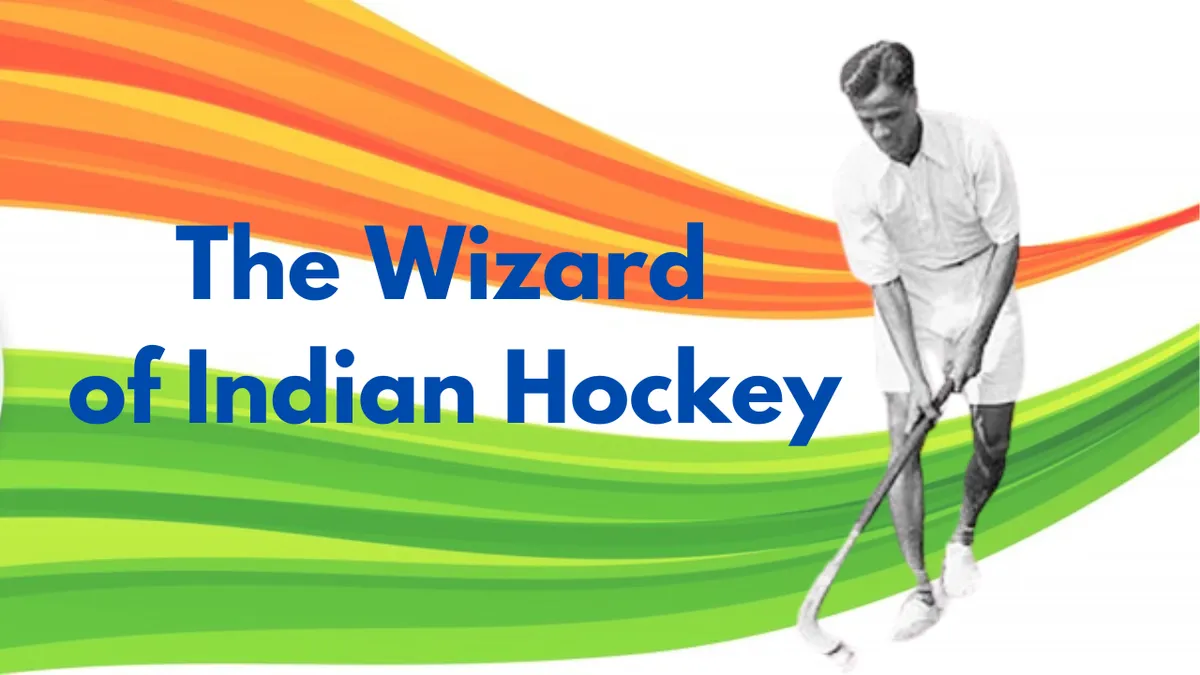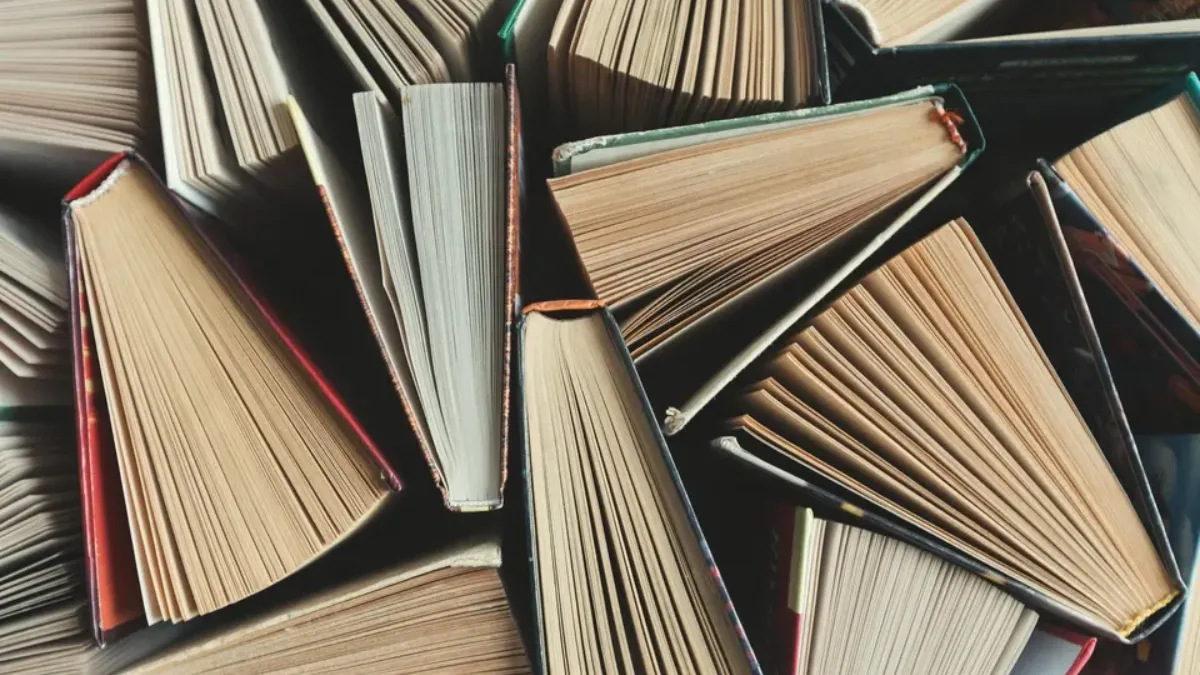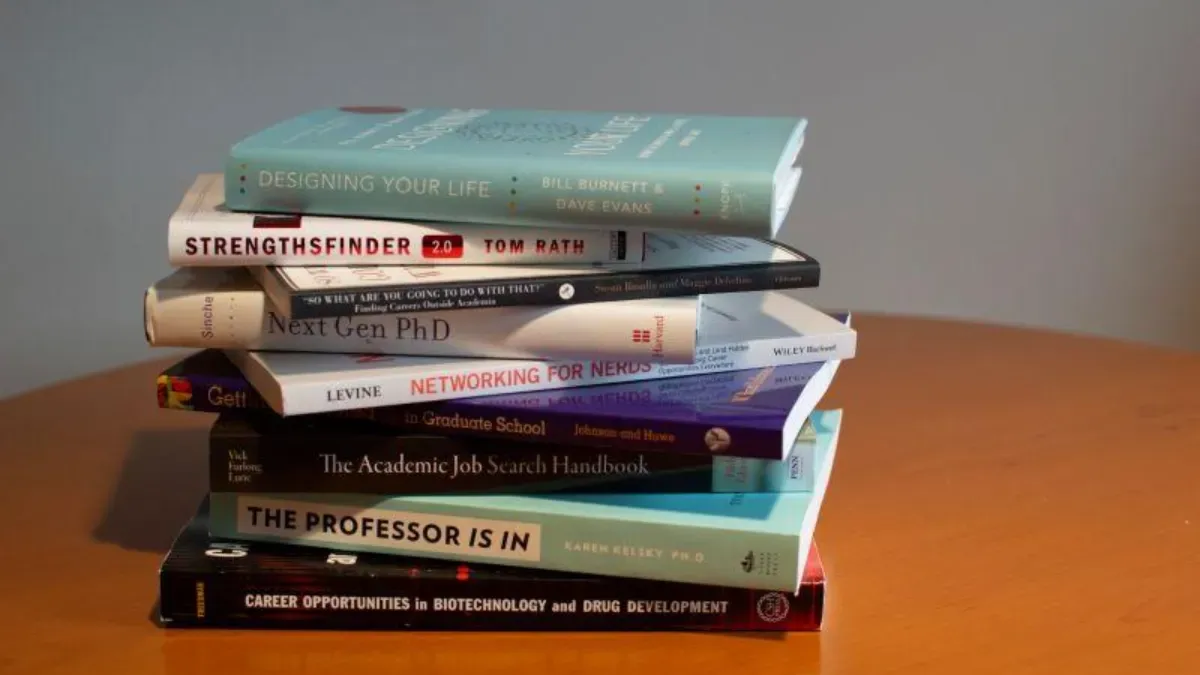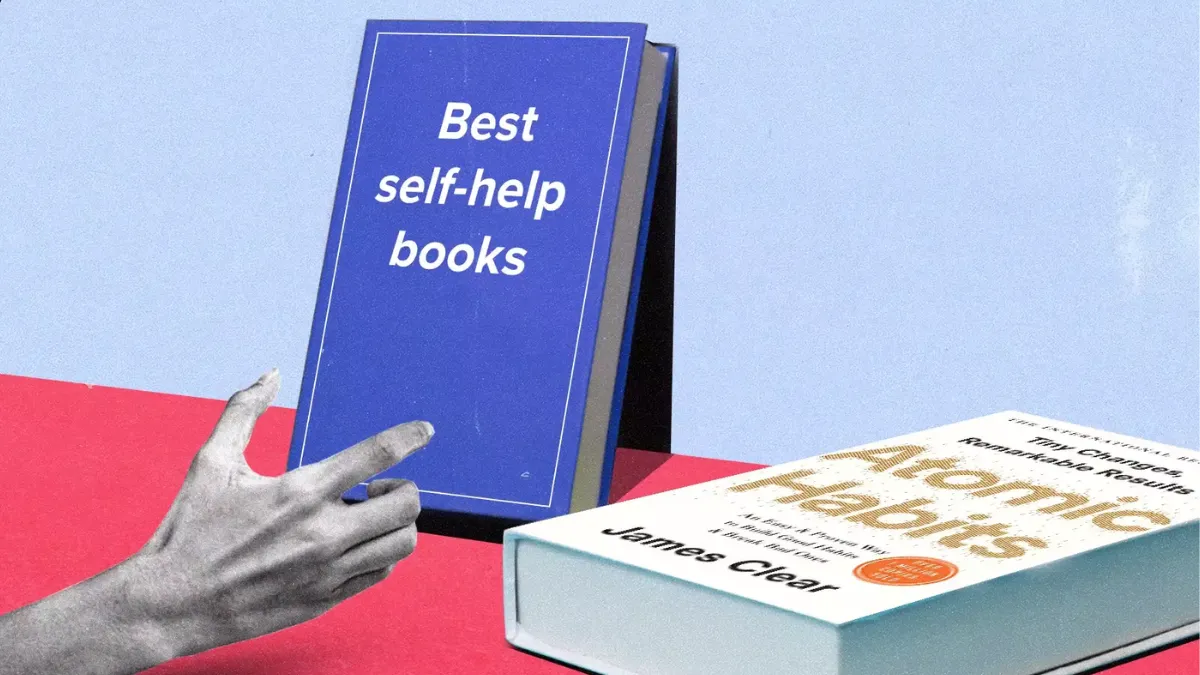Nepal’s civil war from 1996 to 2006 changed a lot of things. It wasnt just about politics, it hit everyday life. Schools closed, people moved, villages were different. Reading about it can be heavy but these five books show different sides. Some are about leaders and battles, others about normal people just trying to survive. You see the hard times, but also small moments of hope, people helping each other, keeping life going. The books dont try to pick sides, they just tell stories and what happened. If you want to know what Nepal went thru during those years, these are a good start.
Best 5 Books to Understand the Nepal Conflict: History, Stories, and Struggles
Top Five Products
The Bullet and the Ballot Box: The Story of Nepal's Maoist Revolution
I read this book to understand the Maoist revolution in Nepal, and it was eye-opening. It talks about how the movement started small and slowly got stronger, changing the country’s politics. But it’s not just about leaders or battles, you also see how normal people lived through it. Families struggling, schools closing, villages in chaos it really hits you. Some parts are sort of difficult with all the names and dates, but it does give you a feel of what life was like. Seriously, it makes you appreciate how messy and complicated those years were, and how people just tried to get through.
01Dispatches From The Peoples War In Nepal [pb]
I read this book and it really hits you how normal people lived during Nepal’s civil war. The writers were there on the ground, so you get stories from civilians, soldiers, even activists. You read about schools closing, families moving, people just trying to survive. There are some sections that are a little chaotic with a lot of particulars, but also demonstrate fear, confusion, and it has small shards of hope such as neighbours helping neighbors or children sneaking in some learning. This doesn't feel like a history book, it feels more like someone telling you what life back then was like. Makes you appreciate that the war was not just battles; the war changed the everyday lives of millions.
02Maoists at the Hearth: Everyday Life in Nepal's Civil War
This one is different from the others because it really looks at how ordinary people lived during the war. Not leaders or battles, but families, kids, villagers how they coped. You read about people trying to work, go to school, get food, while everything around them is uncertain. Some chapters feel slow with lots of small details, but it makes you feel what life was actually like. You see the fear, the sadness, but also little moments of strength neighbors helping each other, families sticking together. It’s not exciting in a traditional sense, but it makes you understand the human side of the conflict way more than most books.
03A Kingdom under Siege: Nepal's Maoist Insurgency, 1996 to 2004
This historical account provides a chronological overview of the Maoist insurgency, covering key events, negotiations, and turning points. The book explains the political, economic, and social factors that led to the conflict, while maintaining a balanced and neutral tone. It explores both the government and rebel perspectives without bias, making it a trustworthy source for readers seeking factual clarity. By combining interviews, archival research, and analytical insights, the author paints a full picture of Nepal’s struggle. This work is particularly useful for those who want a structured understanding of the conflict, including the steps toward peace and the efforts to rebuild communities in its aftermath.
04Justice: A Tale of the Nepali Civil War: 1 (The Graphic Novel Book #1)
This book is mainly based on what happened after the war, like how people tried to get justice and make sense of everything. You read about victims, communities, and the struggles to balance peace with accountability. Some parts are a bit slow with details about courts and committees, but the stories of real people make it worth it. You see how hard it was for families, and also some hope in small steps toward healing. It doesn’t try to blame anyone, just shows what life was like after all the fighting. Makes you realize that the war didn’t really end for a lot of people even after the last bullet.
05
Disclaimer: At Jagran, we prioritize providing the up-to-date information on the latest trending commodities and goods. This Article is written and vetted by our in-house category authors in sync with the Google guidelines on product reviews and shoppable content. Jagran is in an associate partnership, so we may earn a part of the revenue when you make a purchase. We shall not be liable for any claim under applicable laws, including but not limited to the Consumer Protection Act, 2019, concerning the products. The products listed in this article are in no particular order of priority.
Faq's
- Are these books suitable for general readers?+Yes, each book is written in a way that balances historical facts with human stories, making them accessible to both students and general readers interested in Nepal’s history.
- Do these books cover political bias?+The books aim to provide neutral, factual accounts while focusing on human experiences. They avoid taking sides, making them suitable for sensitive reading.
- Can I read these books to understand modern Nepal?+Absolutely. They provide historical context and social insights that help readers comprehend how the civil war shaped present-day Nepal’s society, politics, and culture.
You May Also Like








